Music Educators Association of New Jersey
Serving teachers and students since 1927



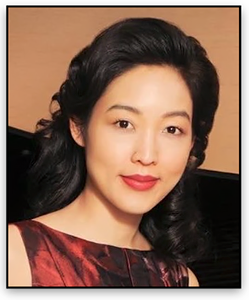 Dr. Lisa Yui — pianist, educator and music historian — opened our eyes and ears to a wide range and appreciation of music derived from the enormous and exotic continent called Asia. Have you listened to music from Burma, Vietnam, Armenia, Iran or Turkey perhaps? MEA members were treated to a mind-expanding presentation, complete with audio selections that whet our appetites for Asian music.
Dr. Lisa Yui — pianist, educator and music historian — opened our eyes and ears to a wide range and appreciation of music derived from the enormous and exotic continent called Asia. Have you listened to music from Burma, Vietnam, Armenia, Iran or Turkey perhaps? MEA members were treated to a mind-expanding presentation, complete with audio selections that whet our appetites for Asian music.
Born in Canada of Japanese descent, Lisa Yui is fluent in English, Japanese and French. She had a Western education with outstanding achievements at Juilliard, having received the President’s Award of Service there in 2018, for example. She has also enjoyed an outstanding international career as detailed on her website: www.lisayui.com. At one point, the Black Lives Matter movement influenced her thinking; it peaked her interest in discovering more about the music of her own ancestors. She realized piano music in Asia was more than just piano music; it was a cultural phenomenon, an amalgam of culture and style. How did the piano come to the East?
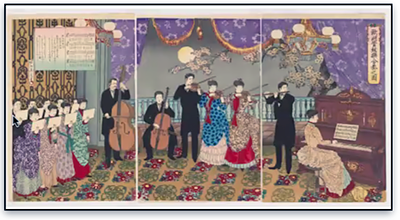
Concert of European Music in 1889 (Oshu kangengaku gasso no zu). by Hashimoto Chikanobu
In 1889, one hundred delegates were sent to Europe to bring back Western music. However, once imported, it experienced a complex evolution — it fascinated but was also mistrusted. The Occupation, Imperialism and the missionary movement that promoted the teaching of Western repertoire influenced its acceptance. The piano became a great tool to engender patriotism in children; it highlighted tonal harmony and ushered in modernity.
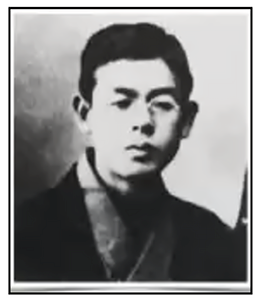 Technique books by Czerny, Beyer and Hanon were brought to the East to enhance piano teaching. Imitation of Western music caught on. “The Light of the Fireflies,” a traditional song in Japan, was crafted to the tune of Auld Lang Syne, for example. Japanese composer Taki, Rentaro, (right, 1879 - 1903), even studied at the Mendelssohn Institute in Leipzig. He wrote a Minuetto and Urami (Grudge) following the classical style of Mendelssohn.
Technique books by Czerny, Beyer and Hanon were brought to the East to enhance piano teaching. Imitation of Western music caught on. “The Light of the Fireflies,” a traditional song in Japan, was crafted to the tune of Auld Lang Syne, for example. Japanese composer Taki, Rentaro, (right, 1879 - 1903), even studied at the Mendelssohn Institute in Leipzig. He wrote a Minuetto and Urami (Grudge) following the classical style of Mendelssohn.
Meanwhile in Southeast Asia in the Philippines, Julio Nakpil (1867 - 1960) wrote a habanera, Memories of Capiz (1891), a tribute to Spanish music. In Burma (now Myanmar), the piano took on a different flavor when played by someone like Sandaya Aug Win, who based his improvisational pieces on the Burmese xylophone, the pattala, with its 24 bamboo slats.

The style of piano playing in Burma was based on the sonority of the pattala — the Burmese xylophone with its 24 bamboo slats.
In Vietnam, also in the southeast, the influence was largely French, exemplified by the Prelude No. 2 by Nguyen, Dinh Long (1945 - 2005). One can hear Debussy’s gorgeous impressionism here.
When the piano was introduced to Iran in South Asia, it was tuned to the country’s Santur or Santoor, a stringed instrument played with mallets. It was not a 12-tone instrument so the Iranian piano, played with only two fingers, emitted an unusual sound palette via unique technique.
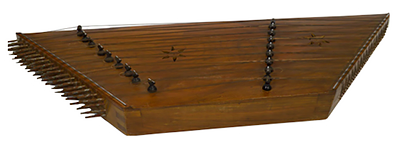
The Iranian Santur or Santoor, to which their piano was tuned, did not have 12 tones.

Armenian Dances by Komitas
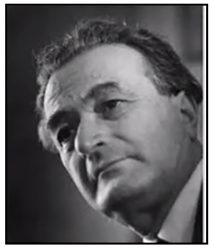
Sagyun, Ahmed Adnan of Turkey
Moving into Western Asia, we encounter Armenian music, characterized by Six Dances for Piano (1925). Written by Vardapet Komitas, a priest who was considered what Bartok was to Hungary, these dances are very percussive and suggest Arabic influence (left). While their piano was very rigid and percussive, it was also very expressive. The music of Turkey, another western Asian country, is also characterized by complex rhythms and various combos of beats. It is exemplified by Saygun, Ahmed Adnan (1907 - 1991), one of the “Turkish Five” who is considered the grand old man of Turkish music. He is famous for his Etudes and Preludes with mixed meters.

Floating back to the Far East, the more modern Japanese composers, like Takemitsa,Toru (left, 1930 - 96) wrote with no time signatures or key signatures. His Rain Tree Sketch II—in Memoriam for Olivier Messiaen (1992), for example, was filled with great mystery and was peppered with numerous accidentals and rests. Peter Serkin’s recording of this is among the best. Karen Tanaka (b. 1961) produced Techno Etudes, which were wild, fast and very modern, almost in the style of Philip Glass.

In China, The Willows Are New (1957), composed by Chou Wen-chung (1923-2019) recreated the vibrations of the traditional stringed instrument on the piano with grace notes and 9ths. It reverberated a quiet intensity. Widely known, Liuyang River (1972) by Wang, Jianzhong (1933-2016) was infused with folk music and became quite popular during the Cultural Revolution. It is very pianistic in the Lisztian style. Gao, Ping (b. 1970) wrote Distant Voices in 1999, also based on traditional folk music. Blue Flowers (sample below left with the composer), the third movement, is very modern, high pitched and percussive, reflecting dancing and drumming themes. Qigang Chen (right, b.1951) studied in China but was sent to Paris in 1984 to study with Messiaen. He composed for the Olympics and also wrote Moments from the Peking Opera (2000, 2005). It presented many different textures using rhythms and melodies from the Peking Opera, while suggesting French influence. The piano version, incredibly complex and challenging, was a parting gift to MEA members — a riveting performance from Lisa Yui that ended a marvelous presentation.
Charlene Step
Writer and Page Designer